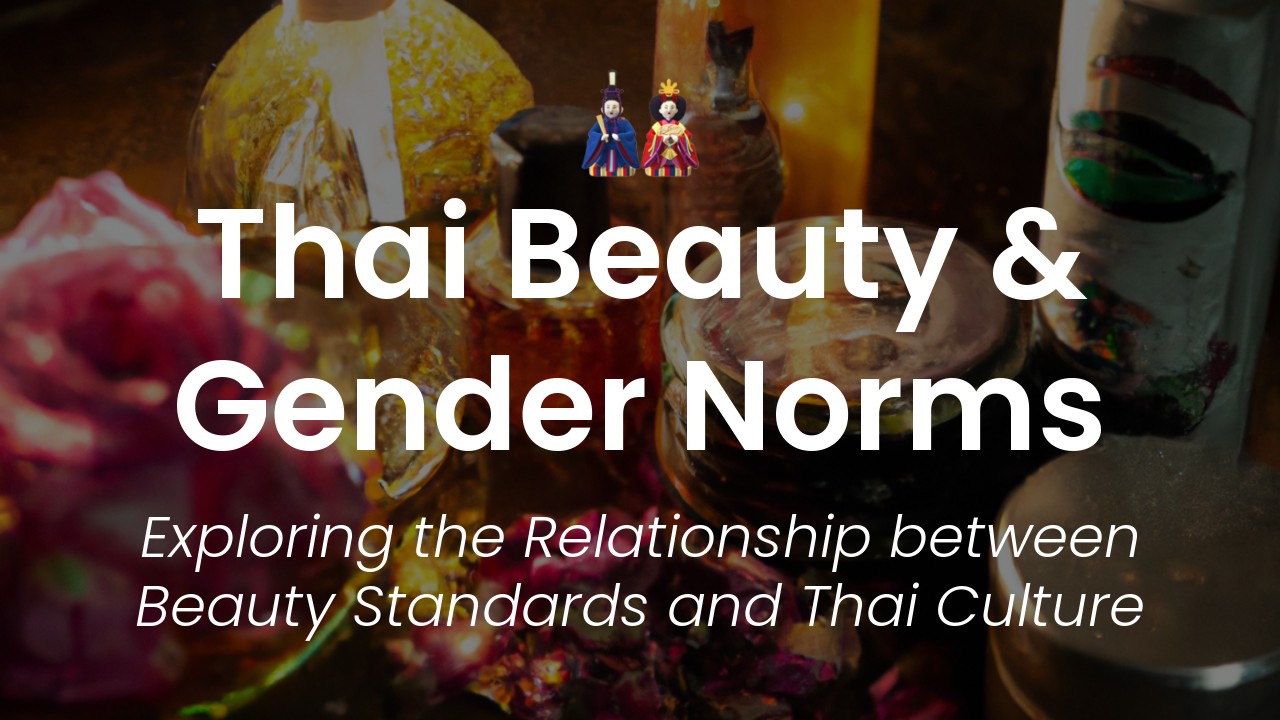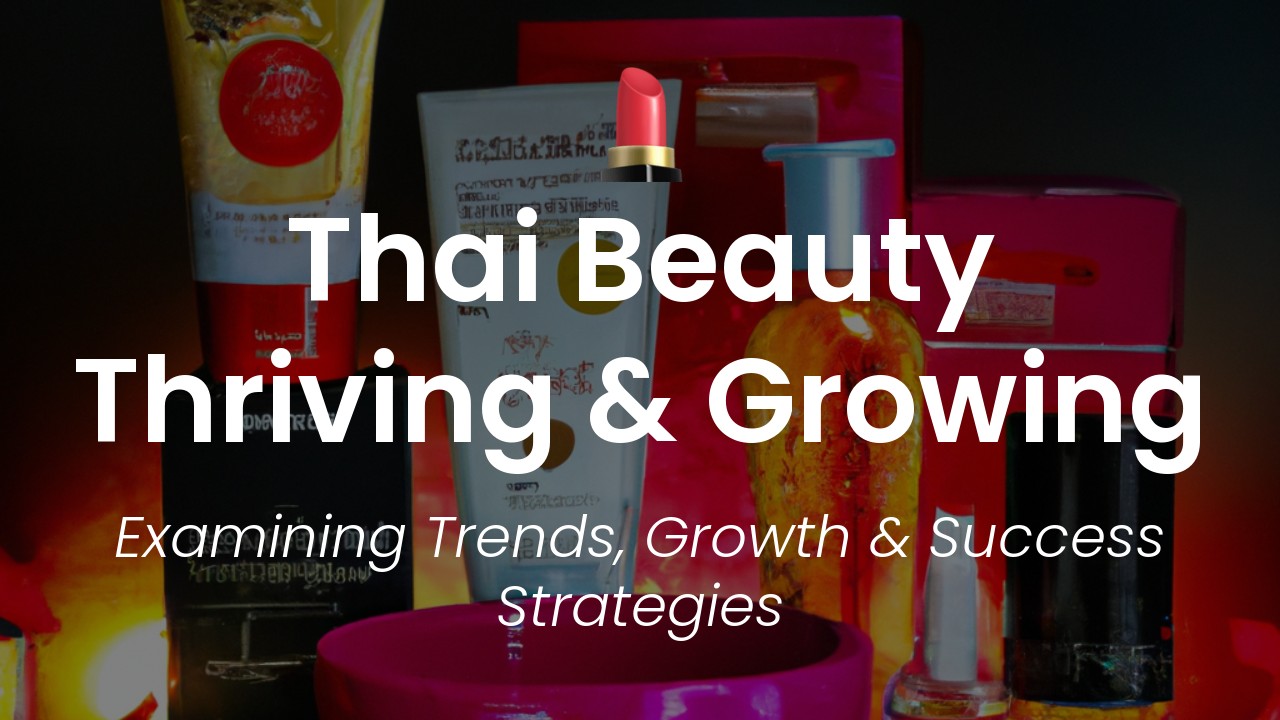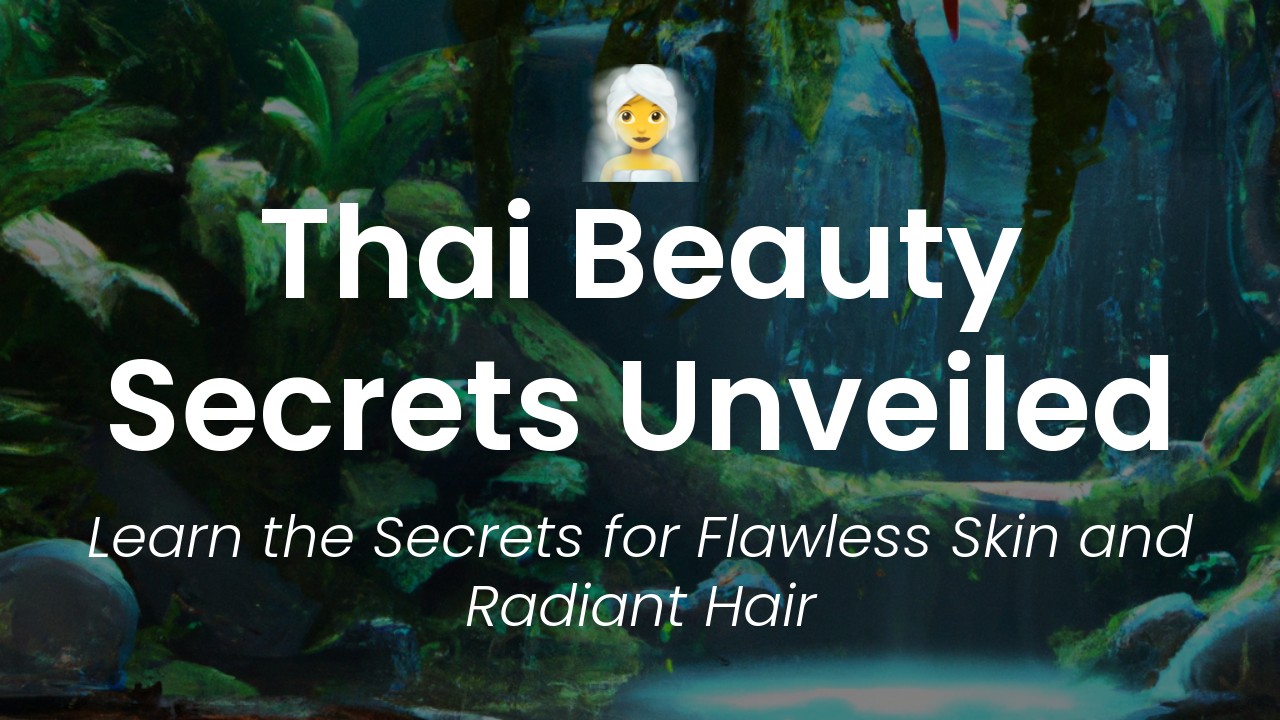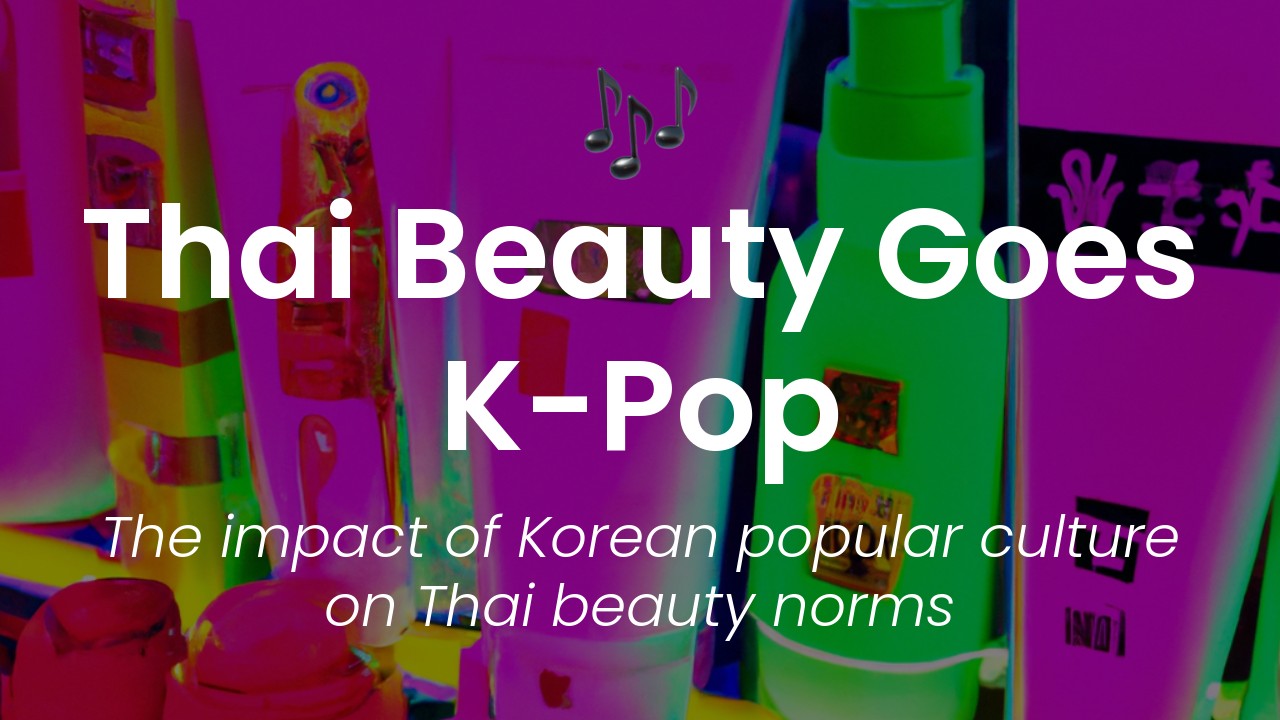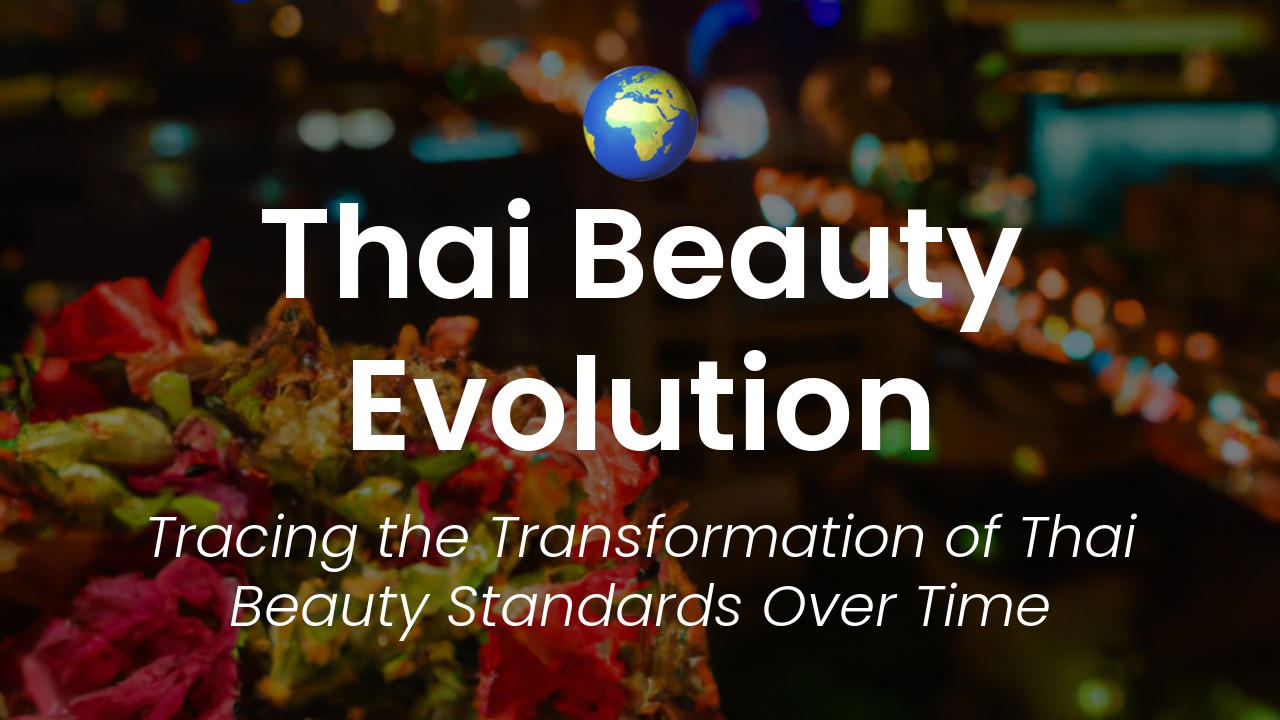Sawasdee ka! Welcome back to my blog where I share everything about Thai culture and tourism in Thailand. Today's topic is one that is quite close to my heart: decoding Thai beauty and gender norms. For foreigners, the beauty standards and gender norms in Thailand may be perplexing, but they are deeply ingrained in our culture and values.
In Thailand, beauty is not just about the physical appearance but also about the inner qualities. It is said that the beauty of a Thai woman lies in her gracefulness, politeness, and femininity, which is why many Thai women tend to prioritize softness over strength. In fact, for Thai women, being feminine and delicate is considered a desirable trait, and it is something that is instilled in us from a young age.
However, Thai beauty standards are not just limited to women. Men also have their own set of beauty expectations and standards to adhere to. In the past, a well-built, muscular man was the symbol of masculinity in Thai society. But in recent years, the notion of "pretty boys" or "luk kreung" has taken over. These are men who are not afraid to express their feminine side and focus on maintaining a flawless appearance. The popularity of the "luk kreung" look may be due to the influence of Korean and Japanese pop culture on Thai society.
In this article, we will delve deeper into the beauty standards and gender norms in Thailand and how they are reflected in our society. Join me as we decode the mysteries of Thai culture and gain a deeper understanding of what it means to be beautiful in Thailand.
The Power of Pale Skin
One of the most striking features of Thai beauty is the preference for pale skin. For years, Thai women have gone to great lengths to achieve a lighter complexion, leading to the rise of skin-whitening products and treatments. While many people outside of Thailand might find this trend surprising, the preference for lighter skin is rooted in Thai history and culture.
In the past, those with darker skin were often associated with outdoor labor and the lower class. Conversely, those with lighter skin were more likely to be wealthy, as they could afford to stay indoors and not have to toil in the sun. This association has continued throughout the years, with pale skin seen as a symbol of wealth, refinement, and femininity.
Furthermore, Thailand is a tropical country, which means that exposure to the sun is inevitable. The desire for pale skin is also driven by practical concerns, as people aim to protect themselves from the harmful effects of UV rays.
While attitudes towards skin color are slowly changing, the preference for light skin remains widespread in Thailand. This is reflected in media and advertising, as actresses and models with lighter skin are often deemed more desirable, and skin-whitening products continue to be popular.
The Importance of Facial Features
In Thai culture, facial features are another key aspect of beauty. Specifically, a pointed nose, high cheekbones, and large eyes are considered desirable features. This preference can be traced back to the influence of Western beauty standards, which have become increasingly prominent in Thailand over the years.
However, traditional Thai beauty standards also place a strong emphasis on symmetry. In other words, the ideal face is one that is perfectly proportioned, with all features aligned and evenly spaced. This is believed to be a reflection of inner harmony and balance, which is highly valued in Thai culture.
The Role of Gender Norms
In addition to physical beauty, gender norms also play a significant role in determining what is considered attractive in Thai culture. For example, femininity is often equated with delicacy, gracefulness, and gentleness. This means that women are expected to exhibit these qualities in their behavior and appearance.
On the other hand, men are often expected to be rugged, strong, and powerful. This ideal is reflected in sports, where activities like Muay Thai and football are seen as traditionally masculine pursuits. Men are also often depicted as being less concerned with their appearance, with an emphasis on fitness rather than fashion.
However, it’s important to note that these gender norms are not set in stone. As with any culture, there is a wide range of views and opinions, and people’s individual experiences and identities can vary widely.
Transgender Locker Room Debate
One issue that has highlighted the complexities of gender norms in Thailand is the debate over transgender individuals in locker rooms. Traditionally, transgender women have been required to use male facilities due to their assigned sex at birth, but this has caused discomfort and unease for many. In recent years, there have been calls for transgender women to be allowed to use female facilities, as many identify as women and have undergone hormone therapy and/or surgery to transition.
The debate has brought up questions about the role of biology versus identity in determining access to gendered spaces, as well as the intersection of culture and gender norms. While progress has been slow, there are signs that attitudes are shifting, with more and more people recognizing the importance of inclusivity and acceptance.
Non-binary Culture in Thailand
Another aspect of gender and beauty in Thailand that is often overlooked is the existence of non-binary individuals. While there is no commonly-accepted term for non-binary people in Thai, there are those who don't identify as male or female, such as Kathoey or Ladyboys. However, even with this existence, it can be challenging for non-binary individuals to find acceptance and representation in Thai society.
Recently, there has been a growing push for greater recognition and understanding of non-binary identities in Thailand. This has led to a rise in alternative gender expressions in areas such as fashion and media, as well as more conversations around gender identity and inclusivity.
Challenges of Western Beauty Standards
Finally, it’s important to acknowledge the challenges of Western beauty standards in Thailand. As globalization continues to shape Thai culture, there is a growing pressure to conform to Western ideals of beauty. This has led to a rise in cosmetic surgeries and procedures, as well as the adoption of Western fashion and beauty trends.
While there is nothing inherently wrong with these developments, they can be indicative of a broader trend towards homogenization and cultural erasure. As such, it’s essential to approach beauty standards in Thailand with a critical eye, recognizing the complexities and histories that underlie these ideals.
In conclusion, Thai beauty and gender norms are fascinating and complex topics that reflect the country's rich history and culture. From the preference for pale skin to the importance of facial symmetry, these ideals are deeply ingrained in Thai society. However, as with any culture, there is a wide range of views and opinions, and it’s important to approach beauty and gender norms with a critical eye and an open mind.

